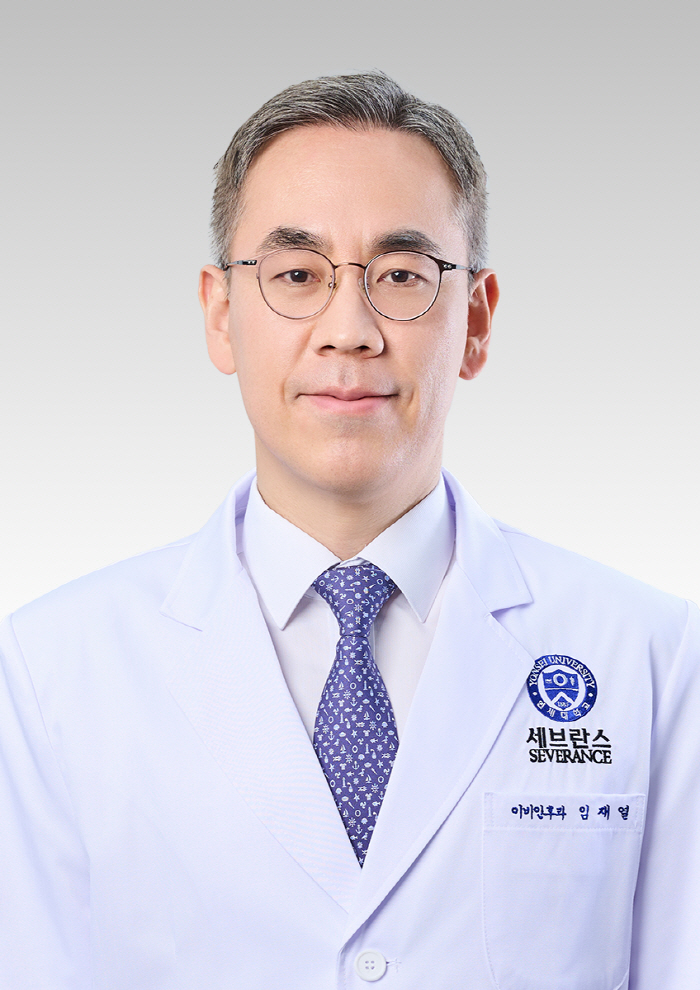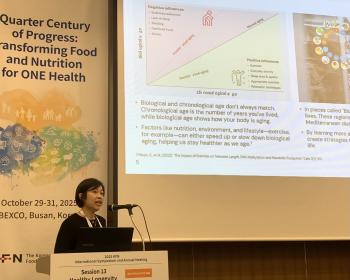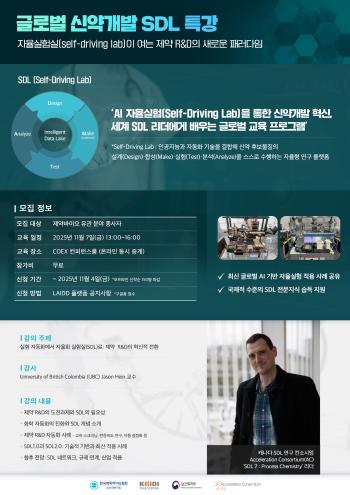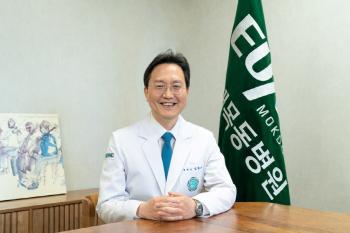Remove high-level sub-jaw at-bats, endoscopy is more effective
Apr 08, 2025
Research has shown that endoscopic procedures are the most effective in treating high-level submucosal adenocarcinoma that is not touched by hand.
A research team led by Professor Lim Jae-yeol of Yonsei University's Gangnam Severance Hospital revealed that the Sialendoscopy-Assisted Stone Removal (SASR) using an endoscope has a higher success rate and significantly lower complications than conventional surgical methods for removing non-touchy submucosal at-bats.
Atrial appendagitis is a disease that causes stones in the salivary glands to interfere with the flow of saliva and cause inflammation and pain. In particular, stones located deep in the submandibular gland or under the tongue muscles are difficult to promote and difficult to remove, so the choice of treatment is important.
In the past, non-endoscopic oral stone removal (TOSR) was mainly used, but there was a possibility of complications such as swelling, pain, and tongue sensory paralysis in rare cases. Studies comparing the clinical usefulness of endoscopic assisted at-bat removal and conventional oral at-bat removal were also insufficient, making it difficult for patients to determine the means of treatment.
Professor Lim Jae-yeol's research team compared endoscopic assisted at-bat removal (SASR) with traditional surgical method (TOSR) in 87 patients with submucosal adenocarcinoma from 2017 to 2024. As a result, the success rate of at-bat removal in the SASR group (70 people) was 98.57%, and in the TOSR group (17 people), it was 94.12%.
The incidence of complications in the SASR group was 7.14%, significantly lower compared to 41.18% in the TOSR group, and 72.09% of patients who underwent SASR fully recovered salivary gland function after surgery. In both groups, there were no at-bat recurrence cases during the study period.
The study also reaffirmed that endoscopic assisted at-bat elimination can also remove smaller, deeper at-bats in the parenchyma.
Professor Jae-yeol Lim, who led the study, confirmed that the procedure using an endoscope can safely and effectively remove stones while preserving the function of the submandibular gland. With this study as an opportunity, if the treatment standard for submucosal adenocarcinoma is newly established, focusing on endoscopic procedures, it will be of great help in developing non-invasive treatment technology and improving patient quality of life."
The study was published in the international journal of otolaryngology 'Laryngoscope' under the title 'Clinical Efficacy of Sialendoscopy-Assified Stone Removal for Non-Palpable Hilary and Intraglandular Submandibular Solaries')' in the international academic journal 'Laryngoscope'.
A research team led by Professor Lim Jae-yeol of Yonsei University's Gangnam Severance Hospital revealed that the Sialendoscopy-Assisted Stone Removal (SASR) using an endoscope has a higher success rate and significantly lower complications than conventional surgical methods for removing non-touchy submucosal at-bats.
Atrial appendagitis is a disease that causes stones in the salivary glands to interfere with the flow of saliva and cause inflammation and pain. In particular, stones located deep in the submandibular gland or under the tongue muscles are difficult to promote and difficult to remove, so the choice of treatment is important.
In the past, non-endoscopic oral stone removal (TOSR) was mainly used, but there was a possibility of complications such as swelling, pain, and tongue sensory paralysis in rare cases. Studies comparing the clinical usefulness of endoscopic assisted at-bat removal and conventional oral at-bat removal were also insufficient, making it difficult for patients to determine the means of treatment.
Professor Lim Jae-yeol's research team compared endoscopic assisted at-bat removal (SASR) with traditional surgical method (TOSR) in 87 patients with submucosal adenocarcinoma from 2017 to 2024. As a result, the success rate of at-bat removal in the SASR group (70 people) was 98.57%, and in the TOSR group (17 people), it was 94.12%.
The incidence of complications in the SASR group was 7.14%, significantly lower compared to 41.18% in the TOSR group, and 72.09% of patients who underwent SASR fully recovered salivary gland function after surgery. In both groups, there were no at-bat recurrence cases during the study period.
The study also reaffirmed that endoscopic assisted at-bat elimination can also remove smaller, deeper at-bats in the parenchyma.
Professor Jae-yeol Lim, who led the study, confirmed that the procedure using an endoscope can safely and effectively remove stones while preserving the function of the submandibular gland. With this study as an opportunity, if the treatment standard for submucosal adenocarcinoma is newly established, focusing on endoscopic procedures, it will be of great help in developing non-invasive treatment technology and improving patient quality of life."
The study was published in the international journal of otolaryngology 'Laryngoscope' under the title 'Clinical Efficacy of Sialendoscopy-Assified Stone Removal for Non-Palpable Hilary and Intraglandular Submandibular Solaries')' in the international academic journal 'Laryngoscope'.
|
This article was translated by Naver AI translator.














